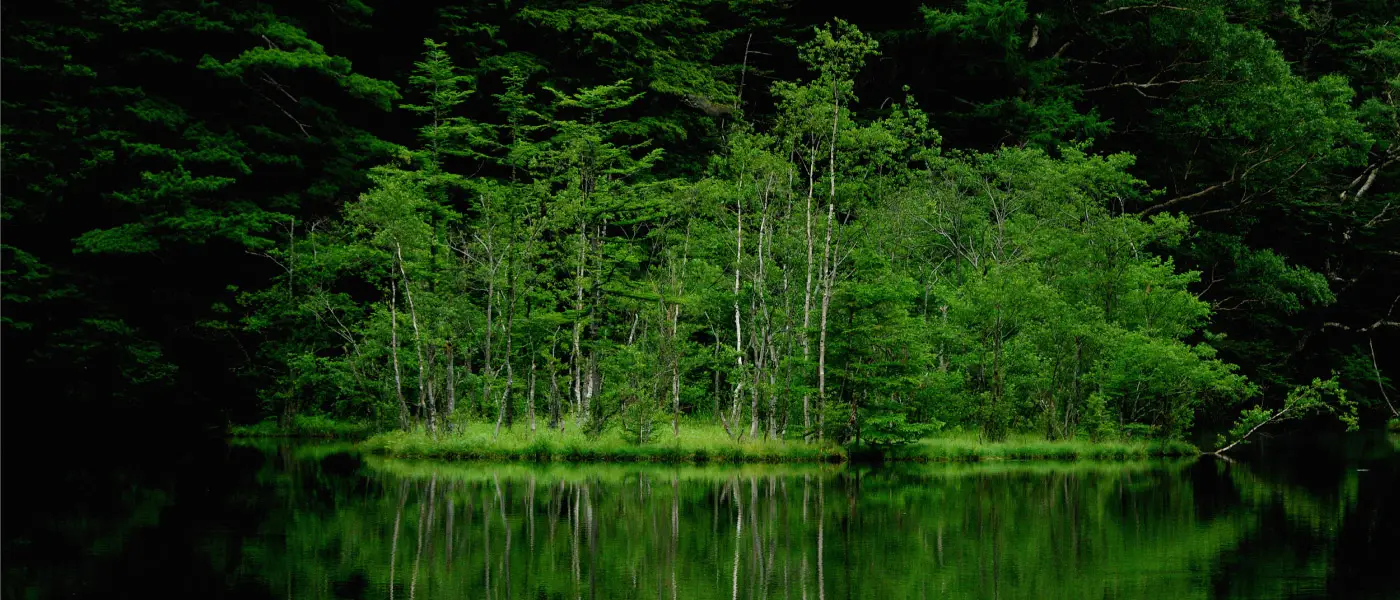
Good morning, good afternoon, or good evening to all our readers around the world. From where I'm sitting it's a very good morning: sunshine, a whiff of spring in the air, and fewer than 40 days until Kamikochi's opening. As promised, we're back today with with the second half of our well-received "Beginner's Guide to Kamikochi." As with the first half, this info comes straight from the National Park Guide Kamikochi blog. The Japanese language original is one of many excellent pieces penned by regular contributor, Sakura. So, a big thanks to Sakura!
And now, Volume 2 of A Beginner's Guide to Kamikochi:
OUTLINE
The second portion of the guide will focus on:
3.Inaccessibility during nighttime
4.Other assorted topics
3.Inaccessibility during nighttime
The Kama Tunnel in closed between the hours of 8pm and 5am during the "summer vacation" period (late July to late August) and 7pm and 5am at all other times of the park's period of operation (April 17th to November 15th, excluding the summer period mentioned above).
The time of day during which buses travel back and forth through the tunnel is shorter than the the above mentioned time frame and taxis can't go through the tunnel while it's closed for the night.

Also, anyone wishing to walk through the tunnel should be aware that the footpath beside the road is not lit up, so you need a flashlight or headlamp to see.
For those who elect to camp out in one of Kamikochi's many designated areas, please keep in mind that lodgings in the area generally only serve food to people who are spending the night at their establishment. You'll want to prepare enough of your own food to see you through the night.
4.Other assorted topics
Most of Kamikochi is designated a specially protected area within the Chubu Sangaku National Park, and accordingly there are special regulations for preserving it as a "Special Natural Monument."
For starters, you may be aware of the five rules for ensuring the protection of local wildlife and other parts of the natural environment:

Source: kamikochi.or.jp
Please be aware that many of the services and facilities you would take for granted in cities and towns are sometimes not available in Kamikochi.
For example, there are currently no ATMs or other facilities for withdrawing cash in the park. While some businesses and services are set up to accept payment by credit card, others are not, so you're well advised to bring enough cash with you.
Additionally, there are no supermarkets or convenience stores in the park, so be sure to get enough of what you need in the cities. (Editor's note: There are shops in central Kamikochi that sell snacks and other sundries, as well as hotels and lodges that operate restaurants serving during the daytime. But bringing your own food is an affordable and reliable way to ensure that you can eat what you want when you want.)
You can expect to get a signal on your mobile phone where the park's main facilities are located. In other places, such as mountain paths, you may find it harder to get a signal (Editor's note: the ever evolving status of WiFi in Japan means that more and more business now have it equipped, but there are still many establishments with no WiFi.)

To be sure, there are many luxuries of modern life that are hard to come by in Kamikochi. On the other had, a big part of what draws people to the first place is a desire to experience something greater than our everyday, modern lifestyles offer: dynamic vistas, the wonders of nature, and a taste of the literal "high life," above and beyond the sometimes drab, urban norm.
That concludes our "Beginner's Guide to Kamikochi." There are many many more points to cover, and we'll be posting on many topics over the coming year. Thanks again to the bloggers at NPG for their continuing efforts to keep the public informed about all things Kamikochi!
Source of Information:
National Park Guide Kamikochi blog: https://npg-alps.net/blog/column/22436/
...




